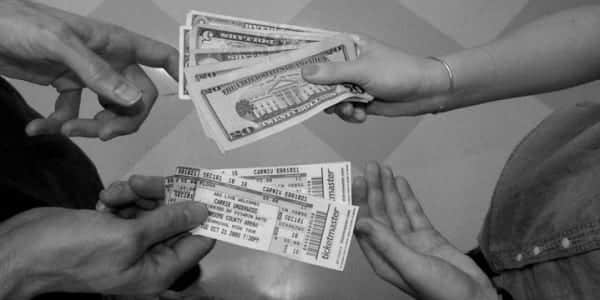For consumers itching to get back to live entertainment, the loosening of pandemic restrictions over the last year has been great – but it hasn’t been so kind on wallets. Statistics show that concert tickets have risen by nearly 20 percent since 2019, an astonishing leap that is far outpacing even the record-high inflation numbers.
The culprit? Artists and promoters charging more and more for each show, hiding the price increases behind “dynamic” and “platinum” surge pricing tactics.
Canada’s Globe and Mail published a story on the topic this week, showing the increasing burden that fans are facing as they hope to get back to concerts and sporting events after the long halt on crowds at events due to COVID. It cited data from Pollstar that showed tickets to the 100 most popular tours in North America cost $108.20, an increase of 17 percent compared to 2019. In the first half of 2022, increased demand has seen crowds grow by five percent, but the events take in 25 percent more revenue. That translates to an industry-wide take of $1.7 billion in the first two quarters, with companies like Live Nation reporting record profits along the way.
Fans are feeling the squeeze. Shay Forrester told the Globe and Mail that tickets to a Harry Styles show in Toronto at Scotiabank Arena were going for $980 per seat on the floor, putting them out of reach for all but the wealthiest (or most dedicated to eating ramen for the summer) fans. “That’s equivalent to some week-long vacation packages in Cuba,” Ms. Forrester said. “Before the pandemic, prices like this would have been unimaginable.”
Industry tools for gauging demand and pricing to the maximum in moments where fans are at peak interest have been increasingly weaponized to push profits ever higher at the expense of consumers. Ticketmaster’s Verified Fan system pushes fans to pre-register their interest for shows, granting the company and its clients valuable consumer data, while simultaneously giving a greater picture of how many consumers are going to be on hand when tickets go on sale, which they can feed to algorithms that move prices around during peak demand – “dynamic” pricing in practice.
This works similarly to have “surge” pricing from car services like Uber has in the past – when ticket demand is high, the promoters charge a premium, relying on fear of missing out on the best seats to convince consumers they need to buy the tickets anyways, even if they are far higher in price than ever expected.
Artists and promoters have also increasingly taken to using “platinum” pricing systems, effectively surge pricing every desired seat in the venue – anything on the floor, the first several rows in each section – all while claiming it is ticket resale that is causing prices to be so high.
In earning reports, however, the picture is clear. Platinum and surge pricing tactics are fattening the bottom line up tremendously for artists and promoters, so much that consumers are changing their behavior to adjust to the new normal.
Josh Greenberg, a Carlton University professor, told the Globe and Mail that instead of attending the larger tours where such pricing systems are rampant, he has chosen to focus on smaller shows at a more reasonable price point – though those prices are more similar to what top acts charged for the best seats until just a few years ago.
“I have been to shows in Montreal with tickets costing between $25 and $50, and a few more lined up between now and the of 2022, none of which are costing more than $80,” he said.
Will things hold up in the long term for the live events industry? The post-pandemic pent-up demand referred to in every story about higher prices being charged will only last so long. Will fans continue to pony up these ever-increasing amounts for tickets, or will the adjustment have to be made in a downward trend once shows see that demand soften and fewer people willing to pay secondary market prices on the primary market for events.



